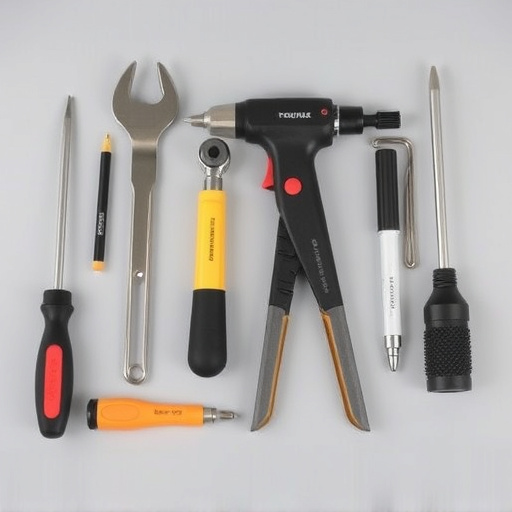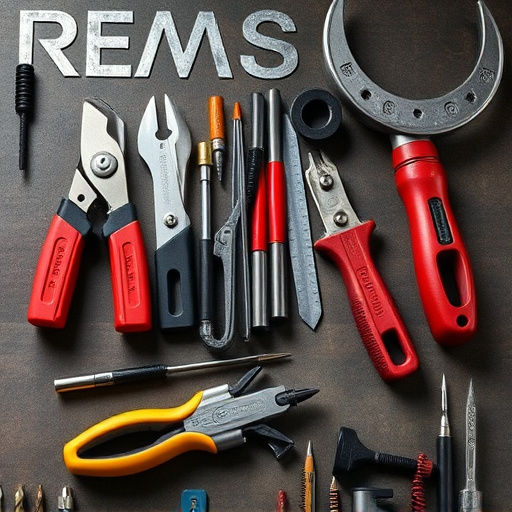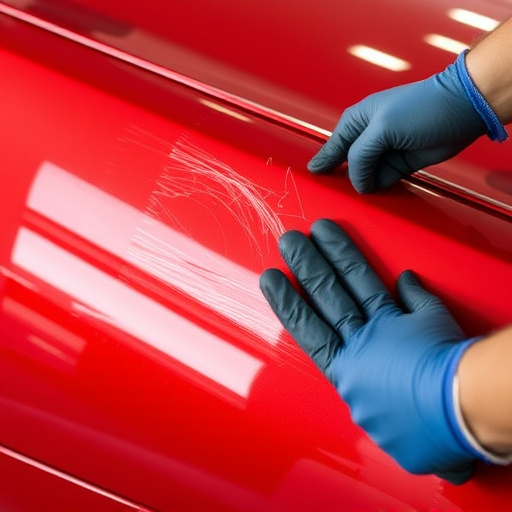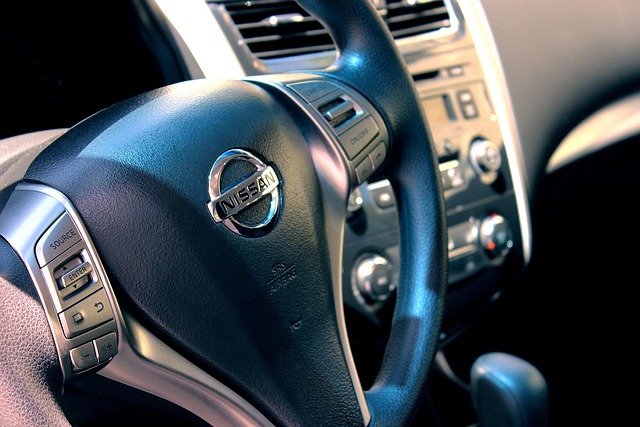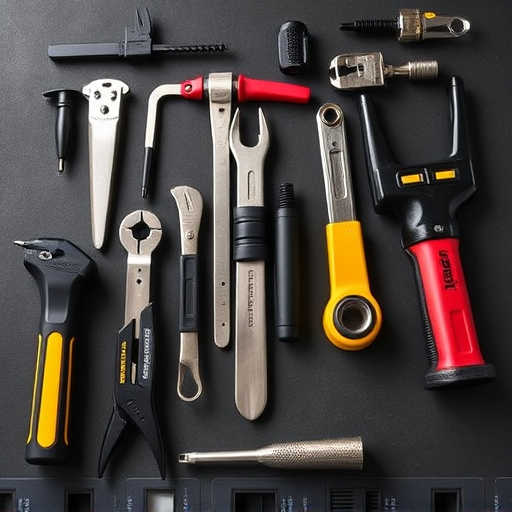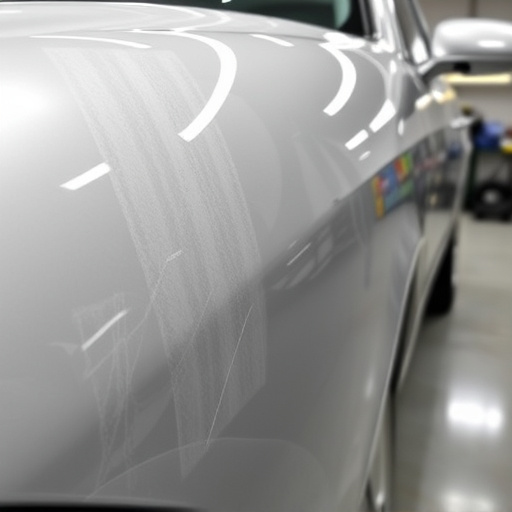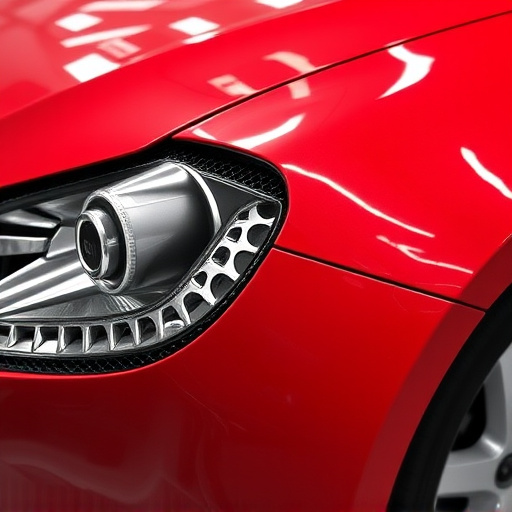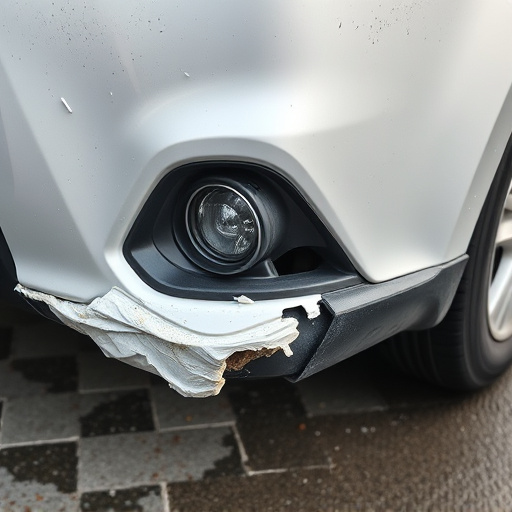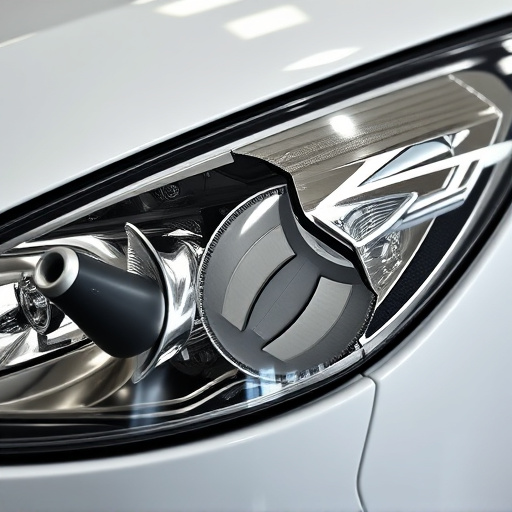Fiberglass panel repair leverages advanced materials like epoxy resins, carbon fiber, and polymer composites for structural integrity and aesthetic appeal. The process involves cleaning, inspection, filling minor damage with composite fillers or paintless dent repair, priming, sanding, and finishing with high-quality automotive paint tailored to fiberglass. This meticulous approach ensures optimal results in fiberglass panel restoration.
“In today’s world, fiberglass panels are a prevalent construction material known for their durability. However, over time, these panels can sustain damage, requiring efficient repair methods. This article explores the modern approach to fiberglass panel repair using advanced materials, offering a comprehensive guide for restoration. We begin by understanding the intricacies of contemporary fiberglass construction, followed by a detailed analysis of the ideal repair materials. Subsequently, a step-by-step process is outlined, ensuring readers can effectively restore their fiberglass panels.”
- Understanding Modern Fiberglass Panel Construction
- Choosing the Right Advanced Materials for Repair
- Step-by-Step Guide to Effective Panel Restoration
Understanding Modern Fiberglass Panel Construction

Fiberglass panels, a modern marvel, have revolutionized various industries due to their lightweight yet incredibly strong nature. In automotive applications, for instance, they’ve become integral to crafting sleek and fuel-efficient vehicles. These panels are meticulously crafted by layering glass fibers with a matrix of resin, creating a composite material that’s both rigid and flexible. This construction ensures superior structural integrity while reducing weight, making it a game-changer in the pursuit of sustainable transportation.
Understanding the intricate design of fiberglass panels is crucial for effective repair when damage occurs, whether from minor fender benders or more significant incidents. Repairs involve specialized techniques and advanced materials to mimic the original manufacturing process, ensuring structural integrity and aesthetic harmony. Modern car paint services often employ innovative solutions, including composite repair kits that facilitate precise repairs, preserving the panel’s performance and extending its lifespan without compromising its structural efficiency.
Choosing the Right Advanced Materials for Repair
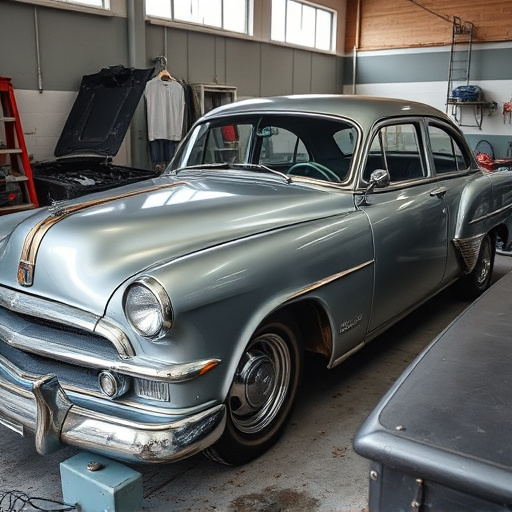
When it comes to repairing fiberglass panels, whether on a vehicle or any other structure, selecting the appropriate advanced materials is key to achieving a durable and aesthetically pleasing result. The market offers a wide array of options designed specifically for fiberglass repair, each with its unique properties and advantages. For instance, specialized epoxy resins are highly effective in bonding fiberglass surfaces due to their strong adhesive qualities and resistance to corrosion. These resins can be tailored to match the specific requirements of the repair, ensuring a seamless integration with the existing panel.
Additionally, advanced composite materials, such as carbon fiber or kevlar sheets, are valuable resources for structural reinforcement during the repair process. Fleet repair services and automotive body shops often prefer these materials due to their exceptional strength-to-weight ratio and ability to withstand extreme conditions. For minor dents or scratches in cars, innovative materials like polymer composites or advanced putties can provide a fast and effective solution, rivaling the quality of original factory finishes.
Step-by-Step Guide to Effective Panel Restoration
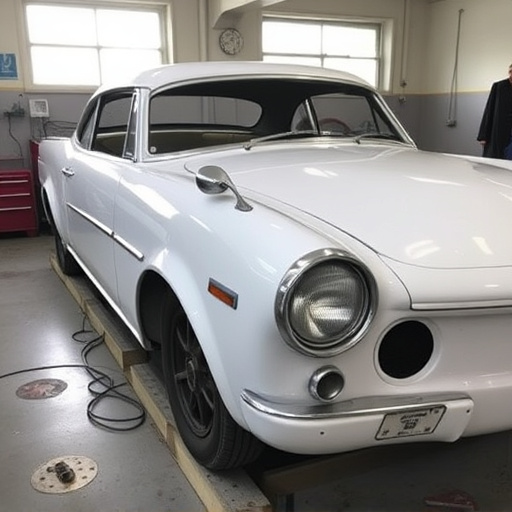
Restoring a fiberglass panel to its original condition involves a meticulous process that requires advanced materials and techniques. Here’s a step-by-step guide for effective panel restoration, focusing on both structural integrity and aesthetic appeal.
1. Preparation: Begin by thoroughly cleaning the damaged area with a mild detergent and water solution. Remove any loose debris or old repair compounds using a soft brush or compressed air. Ensure the surface is dry before proceeding to the next step.
2. Inspect and Assess: Examine the extent of damage, including cracks, chips, or dents. Identify the affected areas and decide whether it’s suitable for on-site repair or requires more extensive work. Advanced materials like composite resins and structural adhesives are ideal for precision repairs, offering strength and longevity similar to the original fiberglass.
3. Repair and Fill: For small cracks and chips, use a fiber-reinforced composite filler tailored to fiberglass. Apply the filler using a putty knife, ensuring it matches the surrounding surface. Allow it to set according to the manufacturer’s instructions. In cases of deeper damage or dents, consider paintless dent repair techniques that leverage specialized tools and materials to push out depressed areas without painting.
4. Sand and Prime: Once the filler is cured, meticulously sand the repaired area with progressively finer grits until a smooth finish is achieved. This process ensures proper bonding for subsequent coatings. Apply an appropriate primer designed for fiberglass to create a uniform surface before moving on to the final coat.
5. Final Coating: Depending on the desired outcome and environmental factors, choose between a clear coat or solid color. Use high-quality automotive paints formulated for fiberglass, ensuring even application. Allow each coat to dry completely before applying the next, following the manufacturer’s recommended drying times.
In today’s world, fiberglass panel repair utilizing advanced materials isn’t just a task but an art that ensures structural integrity and aesthetic appeal. By understanding modern fiberglass construction and selecting the right repair materials, you can effectively restore panels to their original condition. This step-by-step guide has provided valuable insights into the process, empowering individuals and professionals alike to tackle fiberglass panel repairs with confidence. For those seeking superior results in fiberglass panel repair, choosing advanced materials is the key to achieving a durable, visually pleasing restoration.


